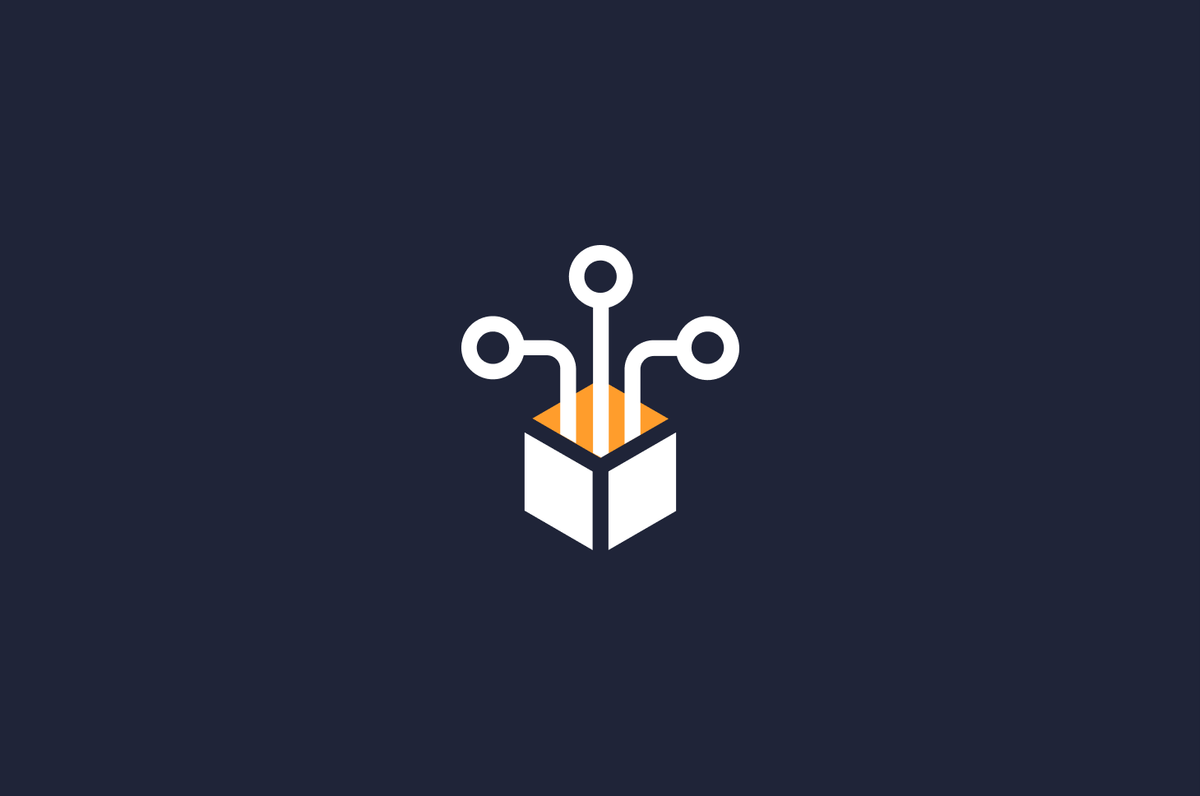The Future of Databases

DataStax Co-Founder Jonathan Ellis on the Future of Databases
Last month at Data Day Texas, DataStax Co-Founder and CTO Jonathan Ellis shared his predictions for what we’ll see in the world of databases over the next five years.
After his talk, Jonathan sat down to record a quick episode of The Distributed Data Show, DataStax’s weekly podcast that offers up tips to help listeners succeed when building large-scale distributed systems.
Jonathan outlined five predictions that he believes we’ll see in the world of databases over the next five years.
1. Self-optimization
Most databases today are really complex, offering hundreds of tunable configuration parameters.
With so many choices, it’s essentially impossible for the average administrator to pick out which parameters are the best for their particular use case.
“You’re going to see databases become a lot more self-driving, in particular around self-optimizing,” Jonathan explains.
Whereas the best admin in the world might look at a dozen different configurations, “AI is infinitely patient and can dial in the best performance for your specific workload.”
2. Administration approaches zero
The way Jonathan sees it, the future of databases is more cloud-native.
With a cloud-native database in place administration approaches zero. It’s a black box; you don’t have to care about optimizing your index or query planning.
Soon enough, fully managed platforms will become the norm.
“I’ll call into the API and the service provider takes care of the plumbing,” he says.
3. Open source grows in popularity
Open source was a megatrend in the 1990s and 2000s, Jonathan says.
Now, open source is coming back, but not for the same reason (i.e., that open source software is ethical).
More and more companies are realizing that open source is pragmatic because it’s the best way to get adoption. By providing a free level of service, you can build up a user base, addressing adoption from a different angle.
4. Data centers become standardized
As we move further into the future, the cloud is going to drive the conversation when it comes to database hardware.
No matter what hardware exists in a company’s data center, organizations are going to want to make sure that they can get the same tools in the cloud.
“Even if I am running my own hardware, I want to standardize on what I can get from cloud vendors,” Jonathan explains.
5. Graph evolves into a feature
Jonathan believes that graph is “a feature—and not a database.”
While there are a bunch of things graph does well—like tree retrieval and pattern matching—there are things it does not do well, like user activity logging.
“Enterprising database vendors will pull graph features into non-graph substrates—giving you the best of both worlds,” he concludes.




